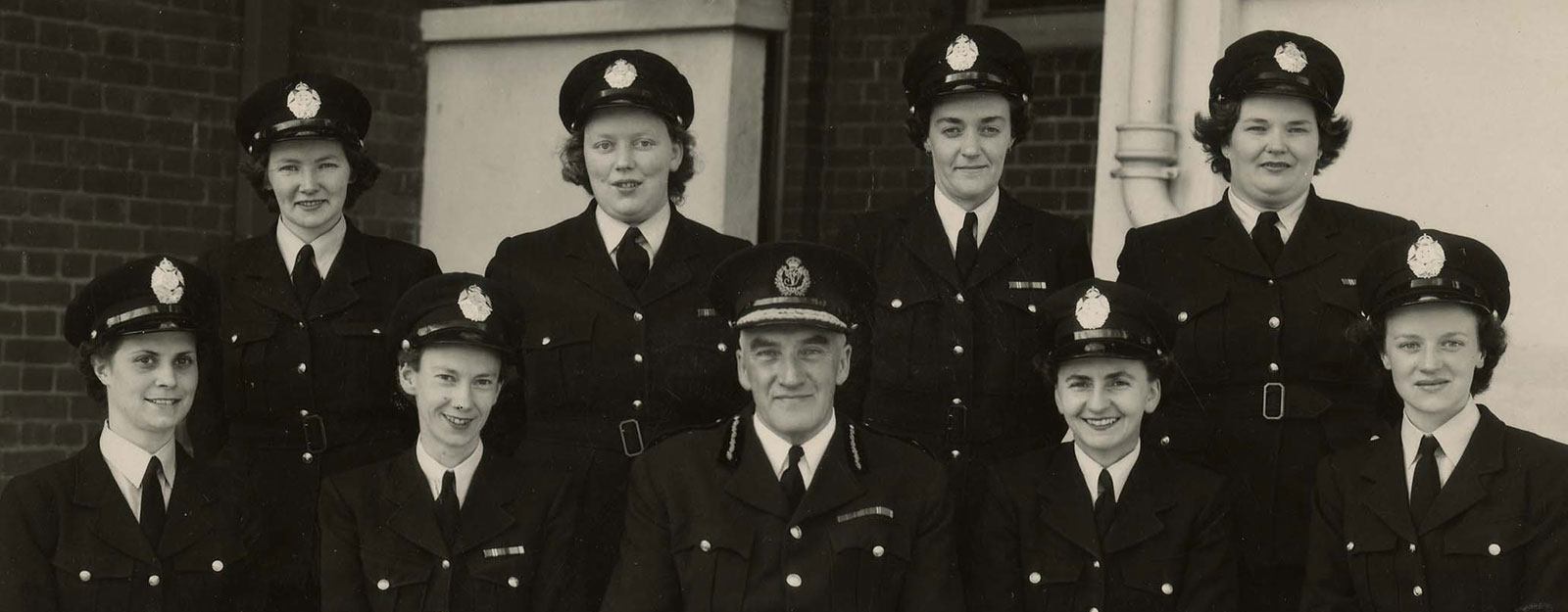The collection housed in the Police Museum includes artefacts from the present day back to Melbourne's earliest days in the 1800s.
In order to make the collections of Victoria Police as accessible as possible, the Museum is contributing to the Victorian Collections project - an online catalogue that can be accessed by anybody.
Search selected items in our collection at www.victoriancollections.net.au
Collection highlights
Stringybark Creek and the Kelly Gang
The experiences of Victoria Police involved in events relating to the Kelly Gang are rarely heard, yet their stories are integral to understanding what has become a tale of mythic proportions in Australian history.
The Museum’s collection of Kelly artefacts reveals unique insights into the story of the Kelly Gang and the impact the crimes had on both local communities and police in the north-east of Victoria in the 1870s and '80s.
- read moving police telegrams describing the discovery of Sergeant Kennedy’s body after he was shot dead by the gang in 1878
- learn about Constable Thomas McIntyre, the sole surviving witness to the police murders by the Kelly Gang
- view two original sets of the iconic armour worn by Dan Kelly and Steve Hart
- see Ned Kelly’s blood-stained cartridge bag that was recovered after the siege at Glenrowan
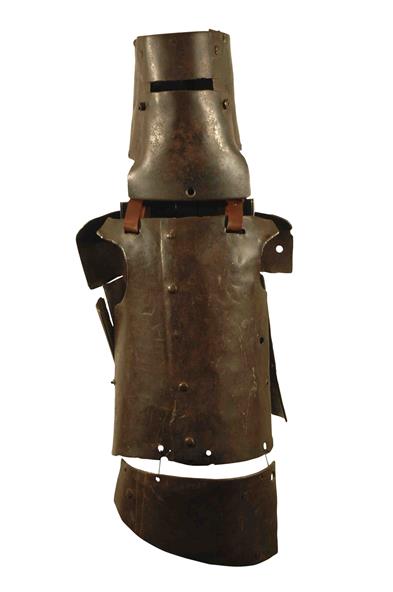
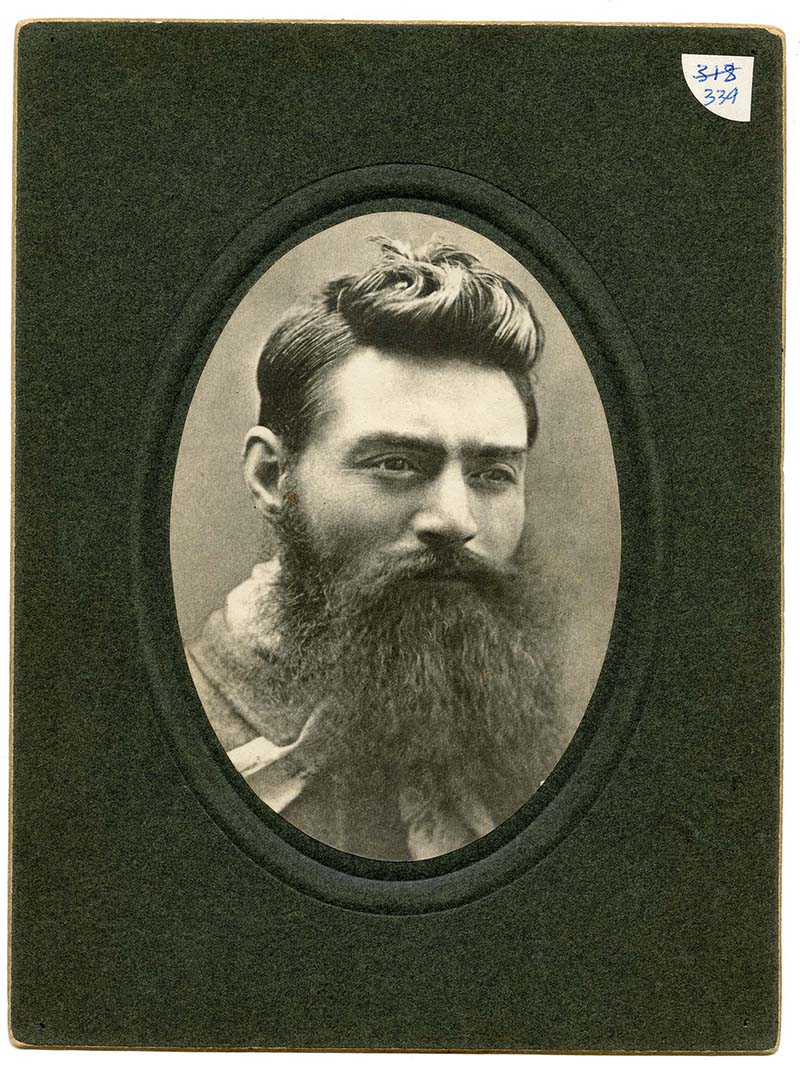
Constable Thomas McIntyre’s manuscript
Constable Thomas McIntyre, the sole surviving witness to the murder of his three colleagues at Stringybark Creek on October 26 1878 by the Kelly Gang, spent much of his life coming to terms with what he’d witnessed.
Retiring from the police force at the young age of 35 due to ill health, McIntyre wrote what could be considered the first history of the Kelly Gang. The unpublished manuscript details his eye-witness description of the murders and his encounters with Ned Kelly over the course of the following years.
Click on the links below to download sections of the McIntyre manuscript.
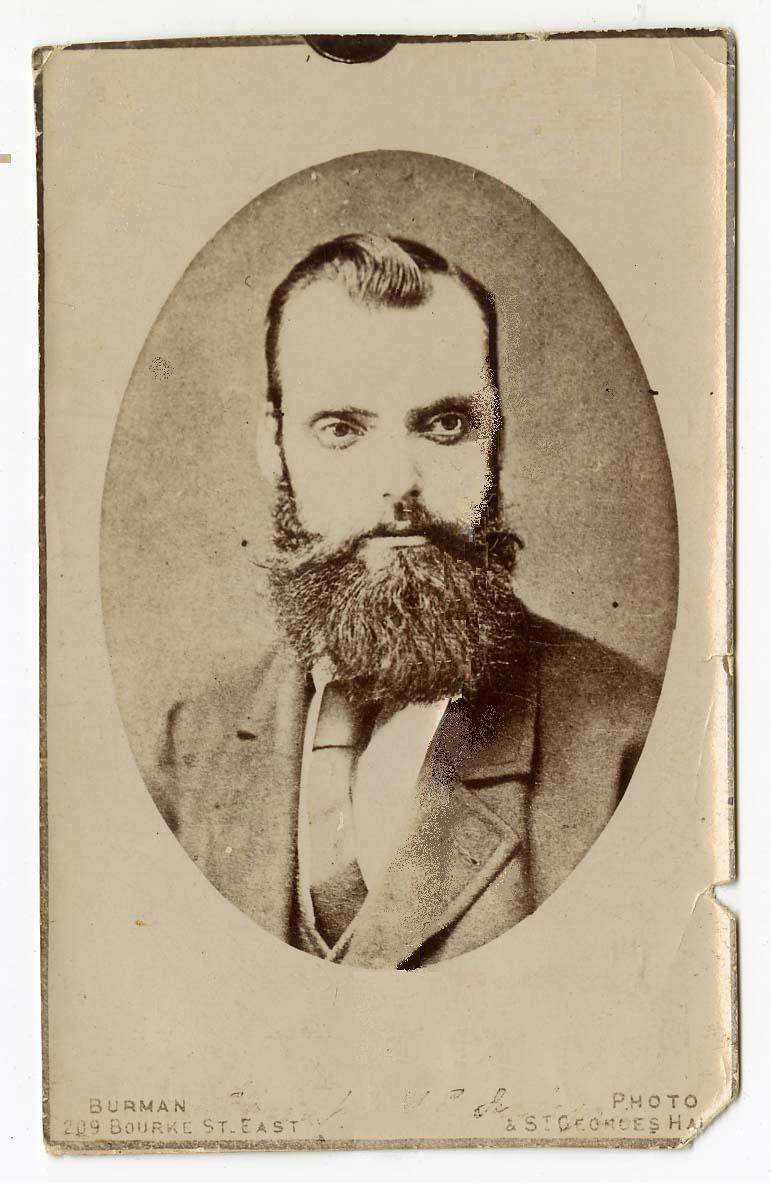
Victoria Police Records of Conduct and Service
Records of Conduct and Service detail the particulars of a police officer’s career during their employment with Victoria Police. The records include personal details, information on rank, where the officer was stationed and comments from superior officers.
The Museum holds the Records of Conduct and Service for Victoria Police from 1855 to 1989. Records dating to 1956 have been digitised.
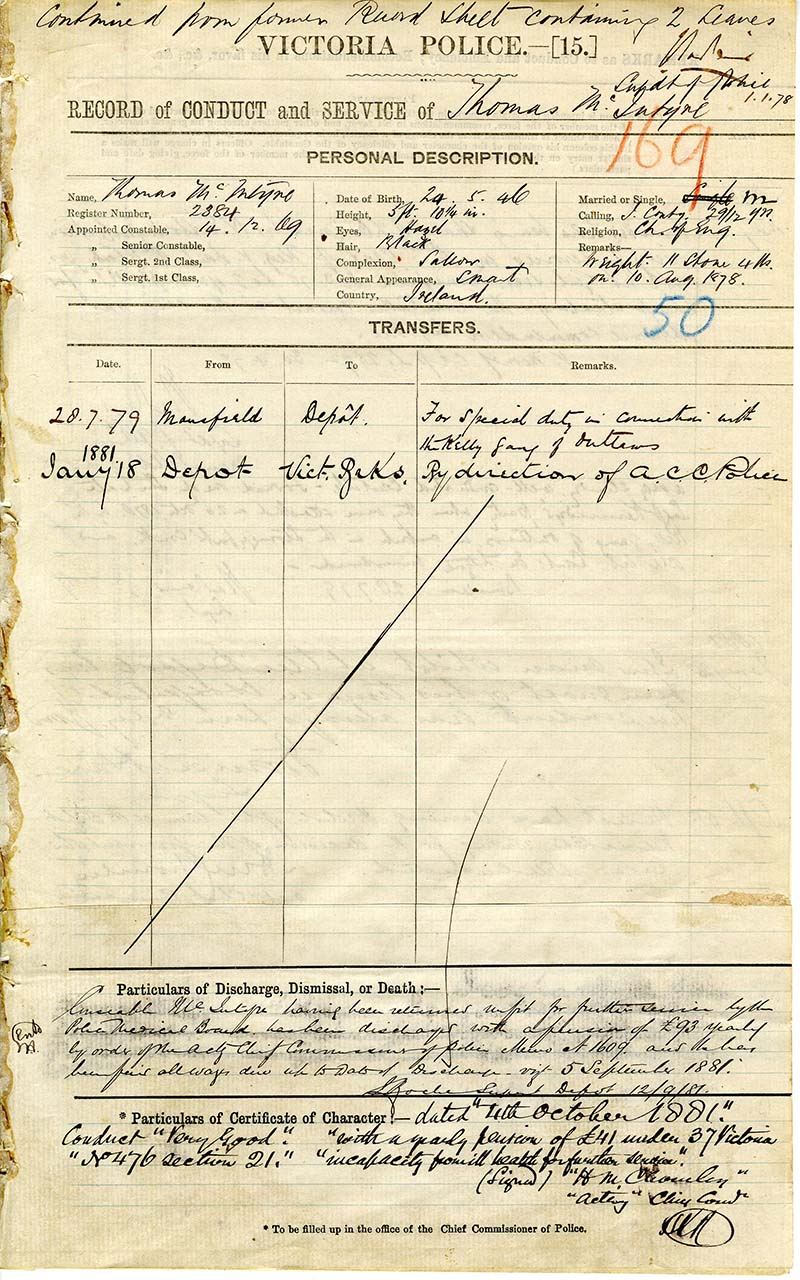
Photographs
The Museum archive contains a large collection of photographs that document a wide range of subjects across the history of Victoria Police.
Images include:
- pictures of police stations
- historic portraits of police members
- images of police cars and transport
- crime-scene photographs
- historical imagery of policing in Victoria
A large portion of this collection has been digitised.
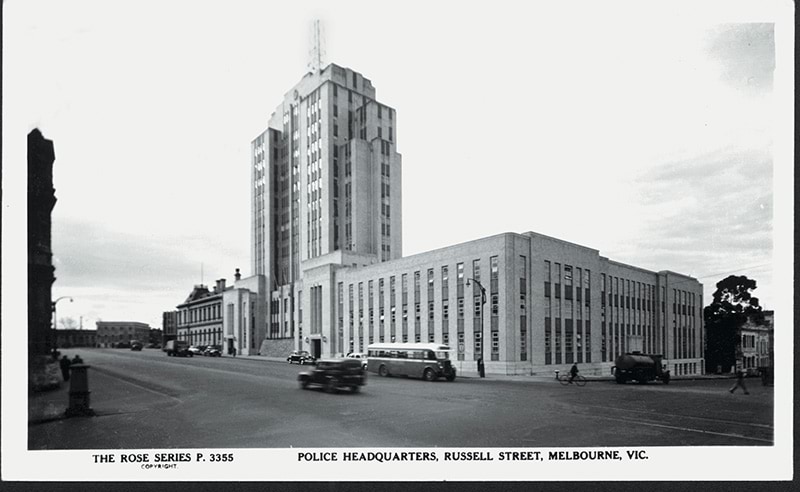
History of policing
With a collection of uniforms, equipment and examples of official documents and correspondence used by police, the Police Museum collection provides a comprehensive overview of the history of policing since the formation of Victoria Police in 1853.
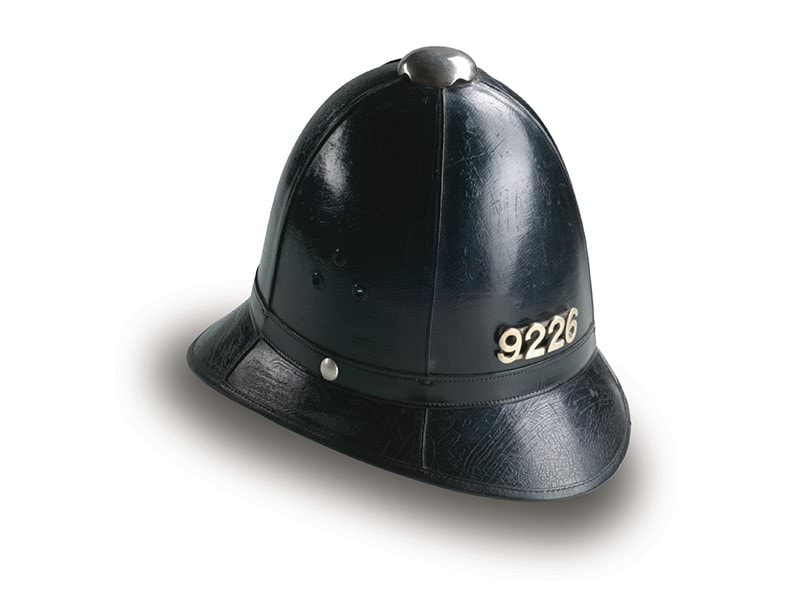
Technology
The Museum’s technology collection includes speed radar guns, a bomb disposal robot, modes of transport such as bicycles and motorcycles, cameras, Morse code transmitters and scientific technology relating to specialist areas such as fingerprinting.
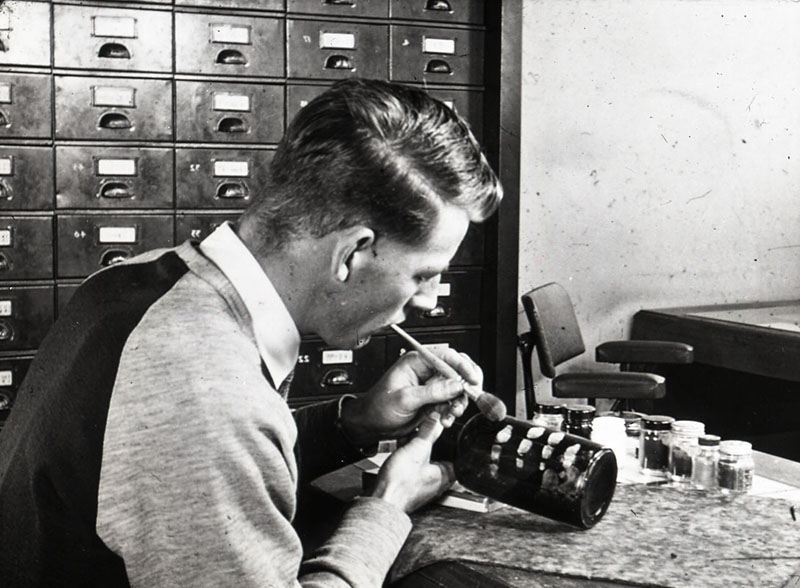
Forensic evidence
The museum collection includes forensic evidence from major crime cases in Melbourne.
Examples include:
- The car used in the Russell Street bombing and the fragments and debris recovered from the crime scene
- A 20th century exhibit box
- Evidence from the Wooreen kidnappings
- An evidence brief folder from Queen Street
- The damaged number plate from the Turkish Consulate bombings.
Updated
